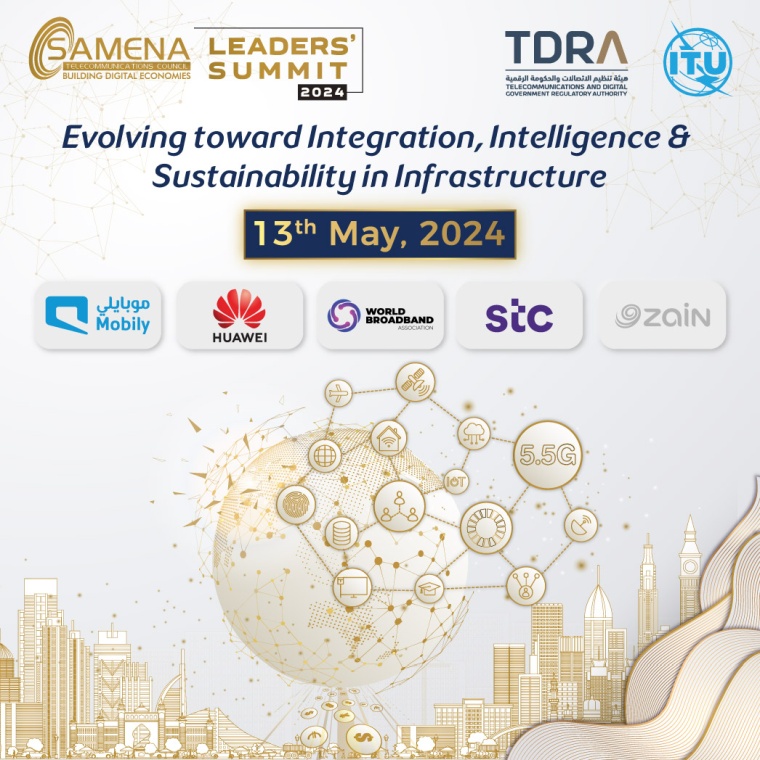A recent report suggests that LTE's share of connections will increase from 28 percent in 2013 to reach 70 percent in 2018 in the developed Asia-Pacific markets. LTE will become the dominant technology in 2015, when LTE's share of connections will reach 53 percent. The report noted the following key points: Mobile Connections: Developed Asia–Pacific (DVAP) will have more than 313 million mobile connections in 2018. Mobile SIM penetration is expected to increase from 117 percent in 2013 to reach 130 percent in 2018. DVAP's mobile market is dominated by contract subscriptions, unlike that of the emerging Asia–Pacific (EMAP) region. Mobile markets in countries such as Hong Kong and Singapore, which have a relatively high proportion of prepaid connections in the region, have the highest rates of active mobile SIM penetration of the population, but are showing signs of saturation. Smartphones: Smartphones accounted for 53 percent of handsets by the end of 2013. We forecast rapid growth in this and expect smartphone penetration to reach 85 percent by 2018. LTE: Operators in DVAP were the first to launch LTE in Asia–Pacific (APAC). Hong Kong, Japan, Singapore and South Korea launched it in 2011. The number of LTE connections has rapidly increased since launch, driven initially by an exceptional rate of take-up in South Korea. LTE's share of connections will increase from 28 percent in 2013 to reach 70 percent in 2018. LTE will become the dominant technology in 2015, when LTE's share of connections will reach 53 percent. 3G's share of connections is expected to decline from 65 percent in 2013 to 29 percent in 2018. LTE will considerably slow the rate of decline in ARPU in most DVAP countries. South Korea is the only country in the region that is reversing the trend of ARPU decline from 2013 onwards. South Korea's ARPU growth is driven primarily by the high growth in handset data revenue, which is a result of unparalleled advancement in the areas of mobile networks, devices, operator services and consumer communication behavior. Fixed Connections: Growth in the number of fixed broadband connections, although evident, will slow in DVAP. FTTH/B overtook DSL to become the dominant fixed broadband technology in the region in 2011. The number of DSL connections decreased at a CAGR of 5.9 percent during 2009–2013, but fibre connections increased at a CAGR of 12.6 percent in the same period. The increase in population penetration of high-speed broadband in the region has boosted the take-up of IPTV, and we expect this momentum to continue. IPTV reached 29.5 percent of all DSL and FTTH/B connections in 2013, and we expect this to increase to 40.5 percent by 2018. Telecoms Retail Revenue Will Grow, But Only Just: Overall telecoms retail revenue for the region will increase by USD10.4 billion during 2013–2018 at a CAGR of 0.92 percent, mostly driven by LTE and fibre broadband (FTTH/B). Mobile revenue will grow by USD7.1 billion and fixed by USD3.3 billion. Data-related revenue (mobile handset, mobile broadband, and fixed broadband and IPTV) will account for 62 percent of total telecoms retail revenue in 2018, up from 35 percent in 2009 and 53 percent in 2013. We forecast that mobile data usage will increase six-fold during the next 5 years in DVAP, which will increase mobile data revenue and prevent overall telecoms revenue from declining in the region. Mobile handset data revenue is projected to grow from USD67.3 billion in 2013 to reach USD84.5 billion in 2018. The Analysys Mason report, Developed Asia–Pacific telecoms market: trends and forecasts 2013–2018, shows a wide range of trends across the world's most advanced telecoms markets. In this article, Tom Mowat examines some of the highlights – including the rapid growth of LTE's share of mobile connections. The population penetration rates of fixed and mobile connections are high, but there is still room for growth, the report added.
